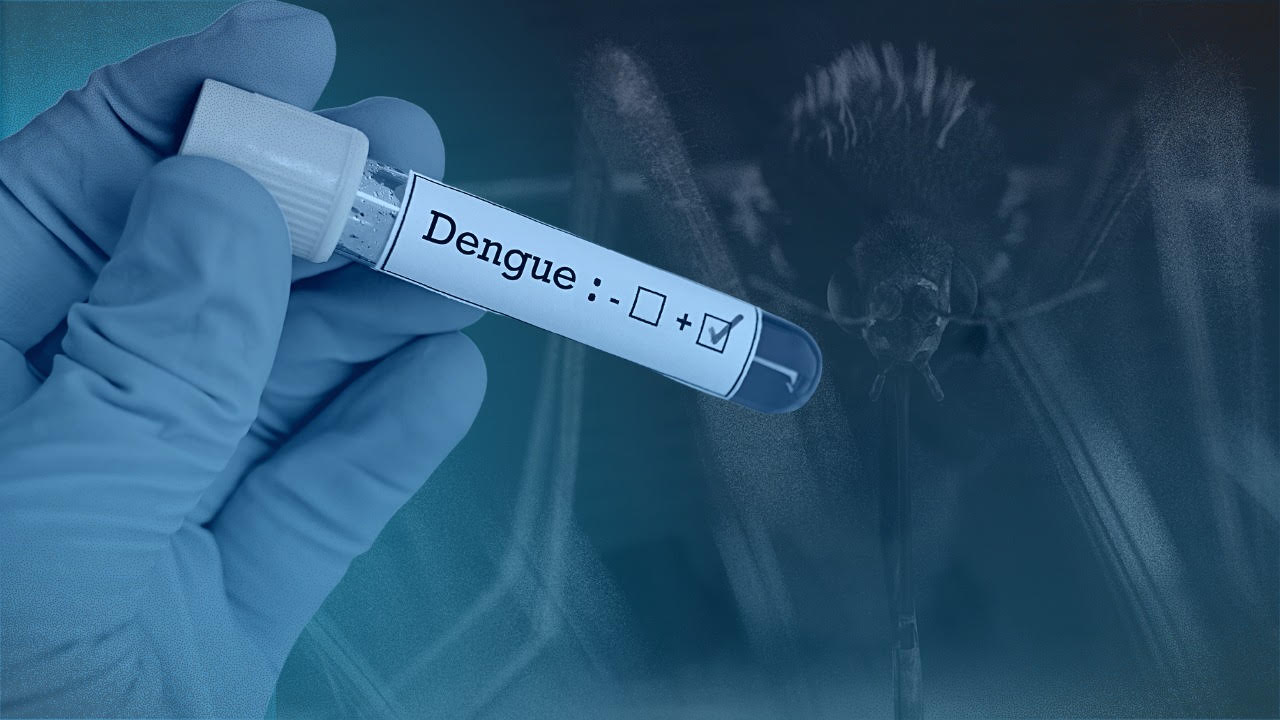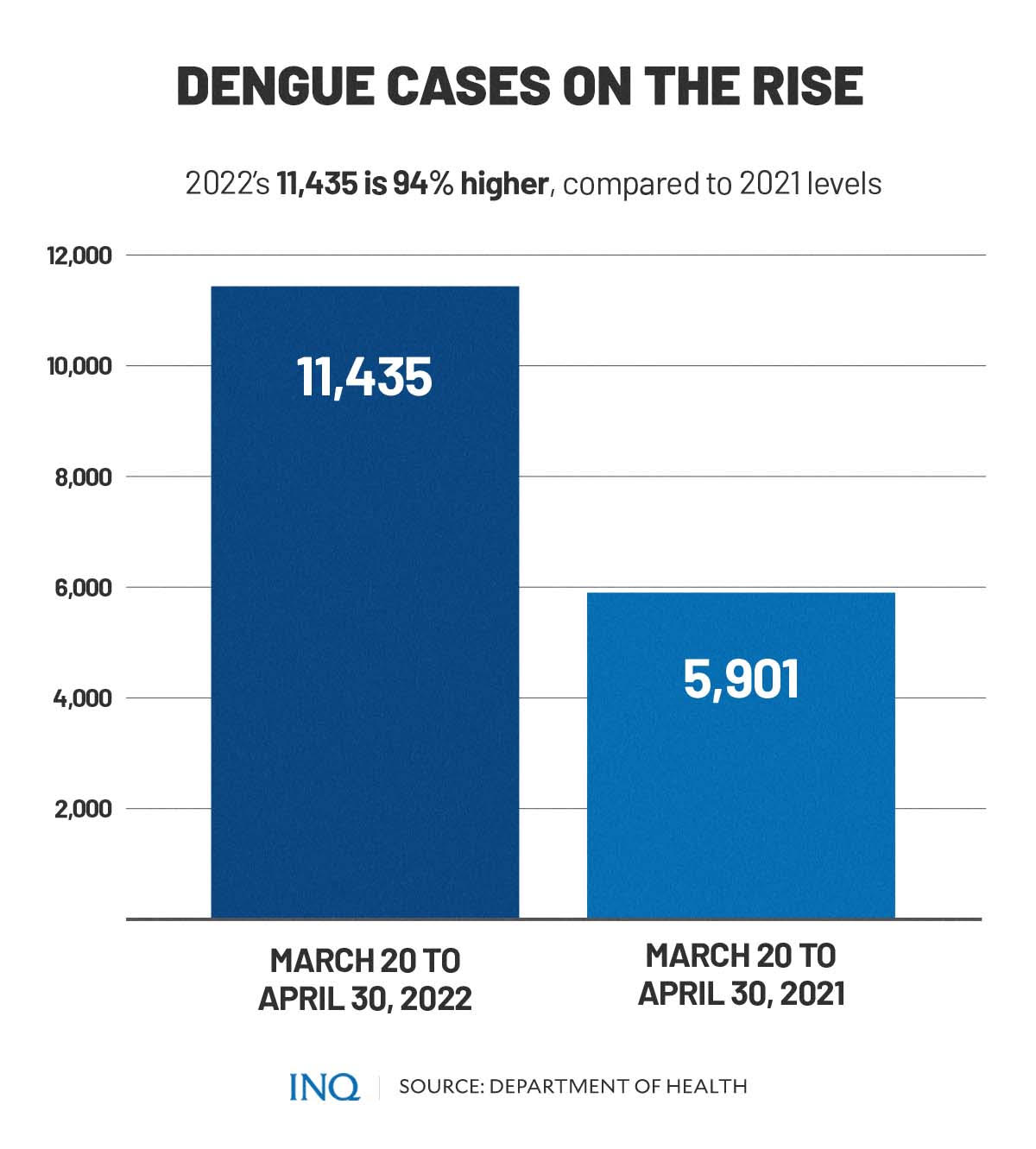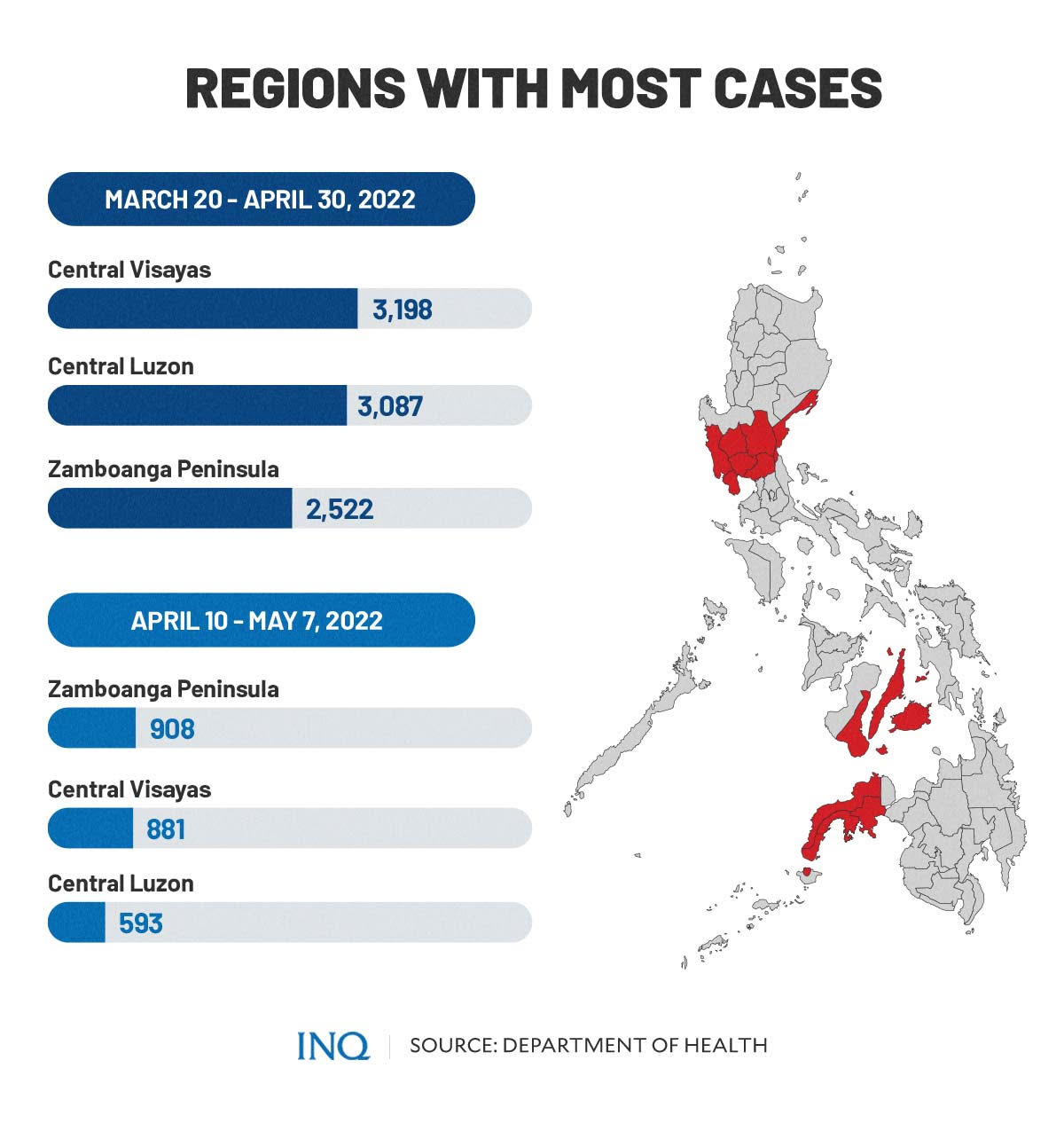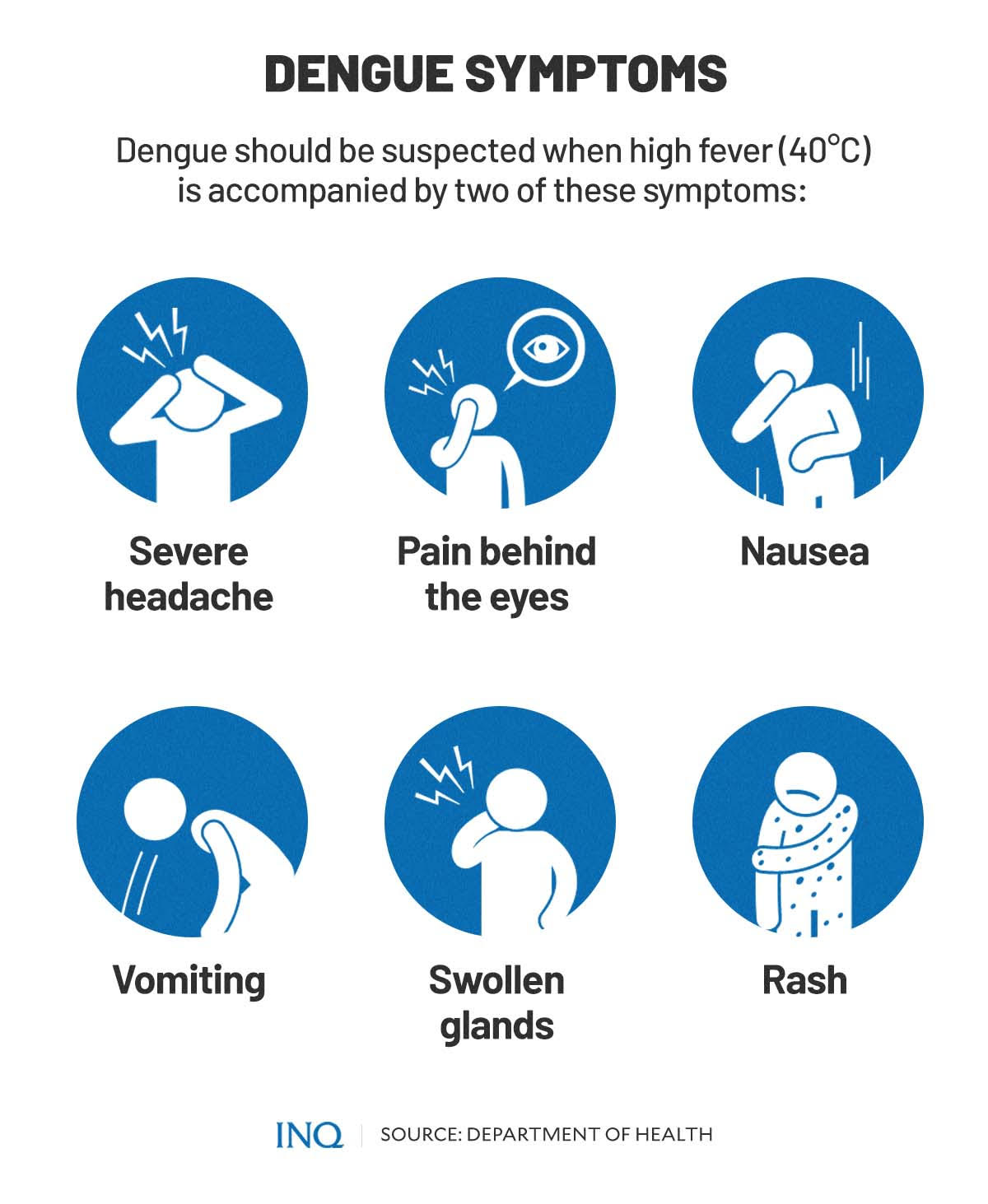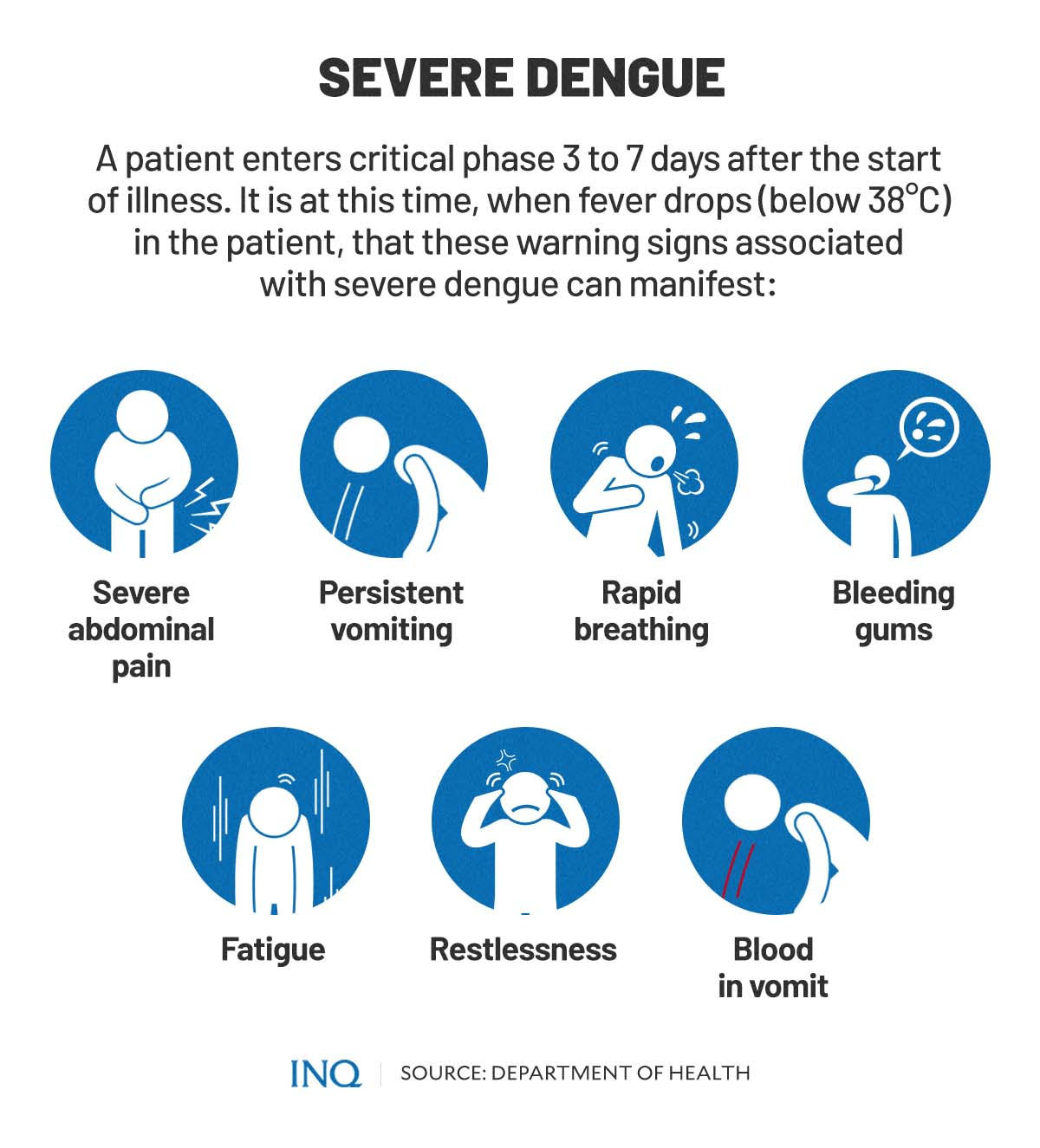Spike in dengue cases triggers alerts
MANILA, Philippines—When the start of the rainy season was officially declared last May 18, it was followed shortly by a warning from the Department of Health (DOH) against a rise in many diseases, including dengue.
Health Undersecretary Maria Rosario Vergeire said the DOH is “taking proactive actions in preventing outbreaks and raising awareness to curb the surge in cases,” stressing that health officials were closely monitoring every disease trend.
“[We are] well-prepared to respond to any health care aid any Juan or Juana may need,” she said last week as the Philippines was set to commemorate National Dengue Awareness Month.
It was on April 21, 1998 when then President Fidel Ramos signed Proclamation No. 1204 which declared June of every year as a month of “collaboration” to prevent and control dengue.
But even before June came, dengue cases had already risen to 11,435 from March 20 to April 20, a 94 percent rise from the number of cases in 2021, which was just 5,901, the DOH said.
From April 10 to May 7, when 6,622 dengue cases were reported, most were from Zamboanga Peninsula (908), Central Visayas (881), and Central Luzon (953).
The DOH, however, also cited data from January to May 2022 which it said showed a slight decline in dengue cases. It said numbers were 6 percent lower during that period compared to 2021’s. In the first five months of 2022, the DOH said, dengue cases reached 25,268 compared to 27,010 for the same period in 2021.
It said most dengue cases were reported from Central Visayas (3,198), Central Luzon (3,087), and Zamboanga Peninsula (2,522).
Regions alerted
Last May 20, the DOH alerted all its regional directors against a possible rise in dengue cases as some regions are seeing a surge in the mosquito-borne disease.
Dr. Ronald Jarvik Buscato, Central Visayas’ regional dengue program coordinator, said that while numbers have not yet reached outbreak or epidemic levels, “it is already a cause of concern.”
From Jan. 1 to May 28, he said 4,263 cases and 38 deaths were recorded in the region, especially in Minglanilla and the cities of Cebu, Mandaue, Lapu-Lapu, Talisay.
READ: Central Visayas records 4,000 dengue cases since January
The DOH said cases in Western Visayas likewise rose by 149 percent as the 297 new dengue cases that were reported last Tuesday (June 7) brought the total to 2,065. Most of the cases were reported from Negros Occidental (800).
READ: Negros Occidental tops Western Visayas in dengue cases
A 900 percent increase was likewise seen in Cagayan Valley, with patients who are mostly 11 to 20 years old.
RELATED STORY: Cagayan logs 1,035 dengue cases in 5 months
Dr. Romulo Turingan, DOH regional medical officer, told CNN Philippines that from Jan. 1 to June 4, cases in the region already reached 2,014, higher than 202 in 2021.
Deadly disease
In 2019, the DOH declared a dengue epidemic in the Philippines as 146,062 cases were recorded from Jan. 1 to July 20 that year, 98 percent higher than the same period in 2018.
READ: What is dengue, and why is it so widespread this year?
The DOH said there were 622 deaths then. Most of the dengue cases were reported from Western Visayas (23,330), Calabarzon (16,515), Zamboanga Peninsula (12,317), Northern Mindanao (11,455), and Soccsksargen (11,083).
It said that in 2019, dengue cases reached 430,282, with 1,612 deaths. In 2020, numbers went down—59,675 dengue cases and 231 deaths.
The group Save the Children Philippines revealed in 2019 that nearly half of all dengue deaths were children below nine years old, saying that in the first seven months of the 2019 outbreak, 42 percent of the 720 deaths were children.
It said dengue also “disproportionately” affected children and young people with a staggering 73 percent of recorded cases below the age of 19.
Based on data from Statista and DOH, from 2009 to 2020, 15,893 individuals have died because of the disease.
Dangerous bite
Dengue, which is transmitted through the bite of dengue-infected Aedes aegypti and Aedes albopictus mosquitoes, is a viral disease that has rapidly spread in all regions of the World Health Organization in recent years.
The DOH said that the Aedes aegypti and Aedes albopictus mosquitoes are also carriers of chikungunya, yellow fever and zika viruses.
“One of the five serotypes of the dengue virus causes dengue fever and it is possible to get dengue fever multiple times,” it said.
The first infection with one of the four serotypes usually is non-severe or asymptomatic, while the second infection with one of the rest of the serotypes may cause severe dengue.
Dengue, which has a five-year average case rate of 185,008 and death rate of 732, has no treatment, although the disease can be managed early.
The DOH said the disease is classified based on the level of severity—dengue without warning signs, dengue with warning signs, and severe dengue.
A person has dengue with warning signs if he or she has acute febrile illness of one to seven days and any of these: abdominal pain or tenderness, persistent vomiting, clinical signs of fluid accumulation, mucosal bleeding, lethargy or restlessness, liver enlargement, increase in haematocrit and/or decreasing platelet count.
The DOH said dengue without warning signs can be classified based on signs, symptoms and results of the laboratory tests—suspect, probable and confirmed.
Dengue should be suspected when high fever (40°C) is accompanied by two of these symptoms:
- Severe headache
- Pain behind the eyes
- Nausea
- Vomiting
- Swollen glands
- Rash
A patient enters the critical phase three to seven days after the start of illness. It is at this time, when the fever drops (below 38°C) in the patient, that these warning signs associated with severe dengue can manifest:
- Severe abdominal pain
- Persistent vomiting
- Rapid breathing
- Bleeding gums
- Fatigue
- Restlessness
- Blood in vomit
Enhanced 4-S
The Enhanced 4-S, Health Secretary Francisco Duque III said, is a campaign calling on everyone to become prime movers in controlling mosquito population and preventing any possible dengue deaths within the community.
4-S stands for (1) search and destroy mosquito-breeding sites, (2) secure self-protection measures like wearing long pants and long sleeved shirts and daily use of mosquito repellent, (3) seek early consultation, and (4) support fogging/spraying only in hotspot areas.
For Sen. Bong Go, chairperson of the Senate committee on health in the 18th Congress, local government units should be prepared to prevent and control possible dengue outbreaks.
READ: Bong Go to LGUs, public: Keep communities clean amid dengue surge
“Having a clean surrounding makes a huge impact in preventing diseases. That’s why we are appealing to communities to keep their surroundings clean, especially if there is stagnant water where mosquitoes may use for breeding,” he said.
Mosquitoes carrying dengue virus can lay eggs in any space or container that holds clear and stagnant water like a bottle cap, dish dryer, plant axil, gutter, trash can, old rubber tire, etc. They usually bite between two hours after sunrise and two hours before sunset and can be found inside and outside the house.
